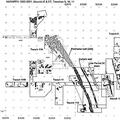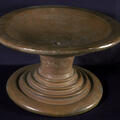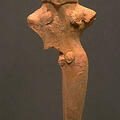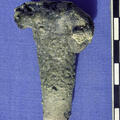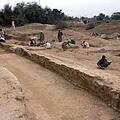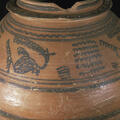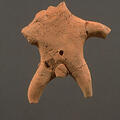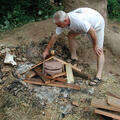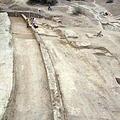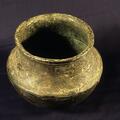Harappa 1993-2001 Mound E/ET plan
Plan view of the east side of Mound E and the west side of Mound ET showing areas excavated between 1993 and 2001 (Trenches 9, 10, 11). The massive perimeter wall of Mound E encloses architectural remains of Harappa phase Periods 3B and 3C and

